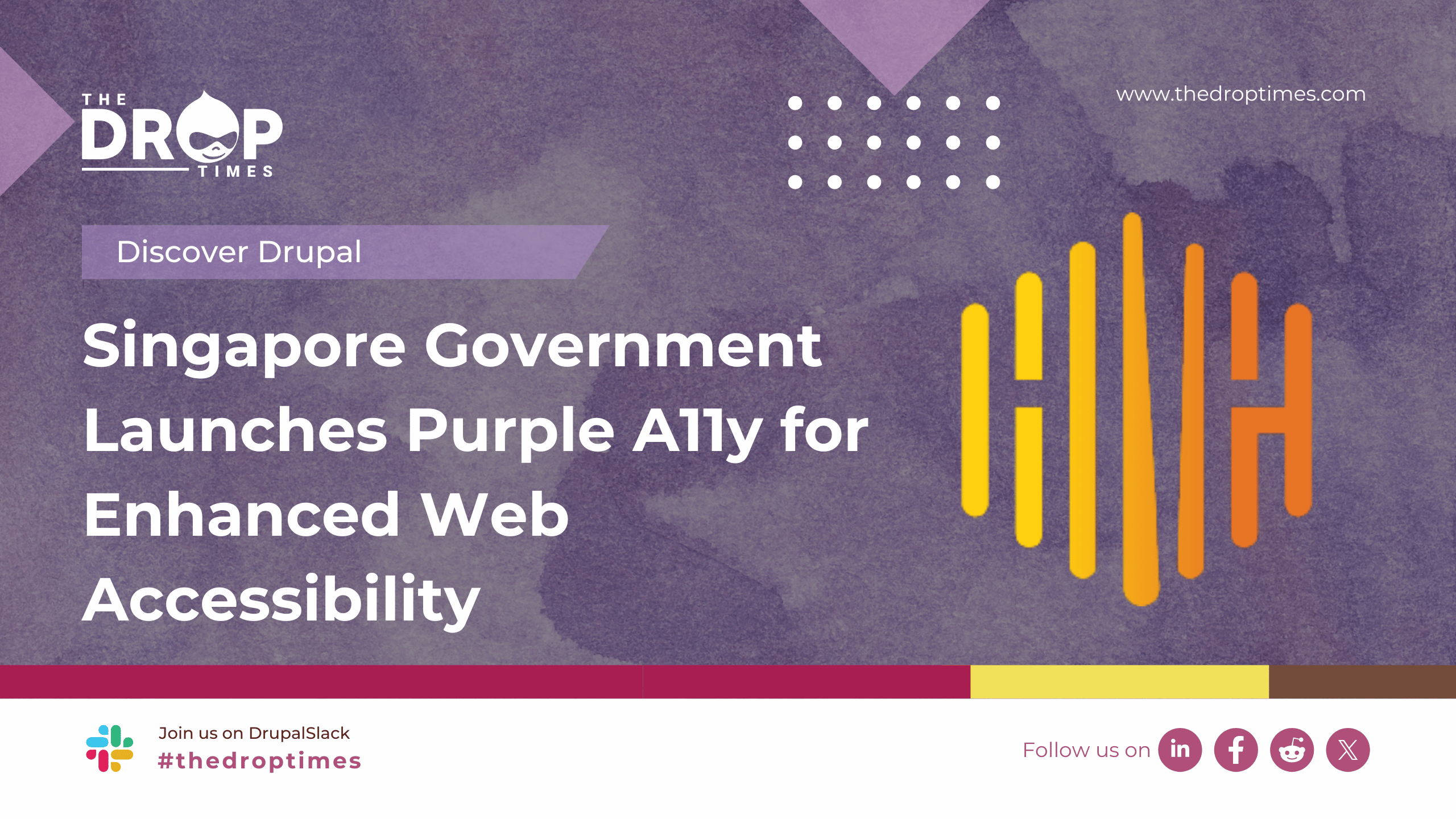New UX Heuristic: Accessibility & Inclusion
The field of User Experience (UX) Design is undergoing a transformative shift as a wave of new talent and diverse perspectives enters the industry. Aspiring design students are finding their path to becoming practitioners by immersing themselves in the standards and best practices of the field, and one crucial aspect they are focusing on is accessibility.
In UX Design, Jakob Nielsen's 10 Usability Heuristics have long been regarded as the gold standard for guiding good user-interface design. However, as society becomes more ethically aware and inclusive, there is a growing realization that accessibility should be considered a fundamental aspect rather than mere regulatory compliance.
In an insightful article shared by UX Magazines and authored by Jim Ekanem, the limitations of the current 10 Usability Heuristics are discussed, emphasizing the need for an additional heuristic called "Accessibility and Inclusivity." This proposed heuristic aims to complement the existing heuristics and ensure that everyone, regardless of their abilities or social identities, can interact satisfactorily with well-designed interfaces.
The importance of considering accessibility and inclusion from the outset of the design process is underscored. By integrating accessibility into the usability heuristics, teams and stakeholders are encouraged to prioritize equal access and create user experiences catering to diverse users. In a society shaped by ubiquitous computing, where physical and mental abilities vary greatly, it is imperative for designers to address these differences and design for inclusivity.
In response to these challenges, the article proposes the addition of an 11th Usability Heuristic: Accessibility and Inclusion. This new heuristic highlights the significance of following established accessibility guidelines and ensuring that designs are inclusive, considering various social identities and society's biases. By embracing this heuristic, UX designers can fulfil their social and ethical responsibility, bridging the gap and creating user experiences that truly cater to a wide range of people.
Read the article with an insightful eye, and let the ideas presented inspire you to push the boundaries of UX design. By incorporating accessibility and inclusivity into your work, you can help shape a future where every individual can interact with digital interfaces satisfactorily.
Disclaimer: The opinions expressed in this story do not necessarily represent that of TheDropTimes. We regularly share third-party blog posts that feature Drupal in good faith. TDT recommends Reader's discretion while consuming such content, as the veracity/authenticity of the story depends on the blogger and their motives.
Note: The vision of this web portal is to help promote news and stories around the Drupal community and promote and celebrate the people and organizations in the community. We strive to create and distribute our content based on these content policy. If you see any omission/variation on this please let us know in the comments below and we will try to address the issue as best we can.



















